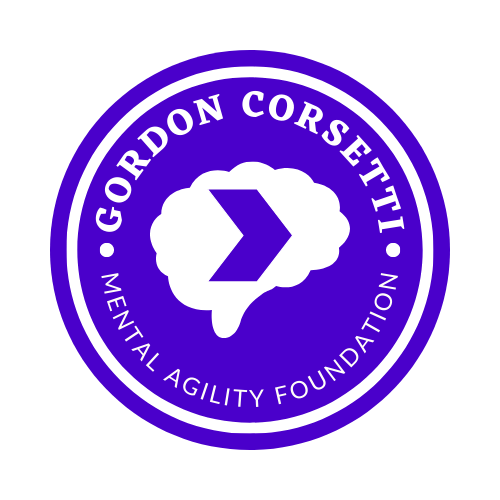Breaking My Addiction to Distorted Thinking
/While on the journey that I call “my permanent recovery,” some moments accelerated my progress. In my mid-twenties, I had an epiphany that restructured the way I viewed my distorted and depressed thoughts. For years, I believed that my thoughts were depressed, which provided scant room for me to separate myself from my thoughts. Then, I changed my perspective to:
I am addicted to thinking depressed thoughts.
BAM! Immediate shift in tone and a stronger belief that I could recover.
This was an early foray into externalizing my depression as an addictive substance. By approaching depression from this angle I could identify ways to wean myself from distorted patterns of thinking.
By way of analogy — imagine I was trying to quit smoking. If I had a two-pack a day habit, it would be insanely difficult to quit cold turkey. Could it be done? Sure, but it would involve more willpower than I possessed. Instead, if I could figure out when I felt the urge to smoke the most then I could change my behavior to minimize what preceded those urges.
Maybe I don’t quit immediately, but perhaps one day I smoke two fewer cigarettes than usual. Progress!
I paid attention to when I had the most distorted and depressed thoughts. When I noticed a thought I did not like, I imagined a gigantic STOP sign directly in front of me. To practice, think of something unpleasant and then see a stop sign in your mind’s eye. To boost the effectiveness of this method, incorporate more imaginary senses - hear the screeching sound of car brakes or put your hand up to signal stop. The more you repeat this vivid visualization, the more easily you will be able to bring an unpleasant thought to a sharp halt.
Having stopped my thought with this technique, I could examine it with CBT.
I had done Cognitive Behavioral Therapy (CBT) before, and with my new perspective I felt I could use CBT far more effectively. By categorizing my distorted thoughts, I could identify ways to break my addiction to them.
There are many lists of distorted or unhelpful modes of thinking. I prefer a list of ten, but there are certainly more if you want to get more specific:
All or Nothing Thinking
Mental Filter
Jumping to Conclusions
Emotional Reasoning
Labelling
Over-generalizing
Disqualifying the Positive
Catastrophizing
Should/Must
Personalization
Emotional Reasoning is my default category if I’m not to sure about where to place a thought. Emotional Reasoning can be understood with the sentence: “I feel it is true, so it is true.” For a more concrete example, here is how my thoughts would flow prior to using the STOP sign and CBT:
Dang, I made a mistake - I am such a screw up. (Labelling)
Being a screw up feels bad, so I am bad. (Emotional Reasoning)
Because I am a bad person, no one likes me. (Jumping to Conclusions)
If no one likes me then everyone hates me. (Catastrophizing)
Everyone hates me so I must be worthless. (Should/Must)
Since I am completely worthless, why am I even alive? (Mental Filter)
Even for those without a mental illness, distorted thoughts tend to snowball. This is why I highly recommend that any person struggling with negative thought patterns give CBT a try. The mentally ill worked out the kinks in this therapy, but it’s certainly not just for us!
There is another part to this epiphany that was harder to accept — I will likely always be addicted to distorted/depressed thinking.
Some say that an addict will always be an addict. This insinuates that addicts are always on the precipice of a terrible decision, and they, and their loved ones, must remain vigilant for the inevitable fall.
I take a more empowering view.
My addiction to distorted thoughts was genetically programmed into me. I spent six years without any treatment, so my thinking patterns became even more ingrained through habitual use. I will likely always experience a pull toward the negative within my mind.
This is good.
This keeps me engaged with myself.
My distorted thoughts are now the whetstone with which I sharpen my mind.





